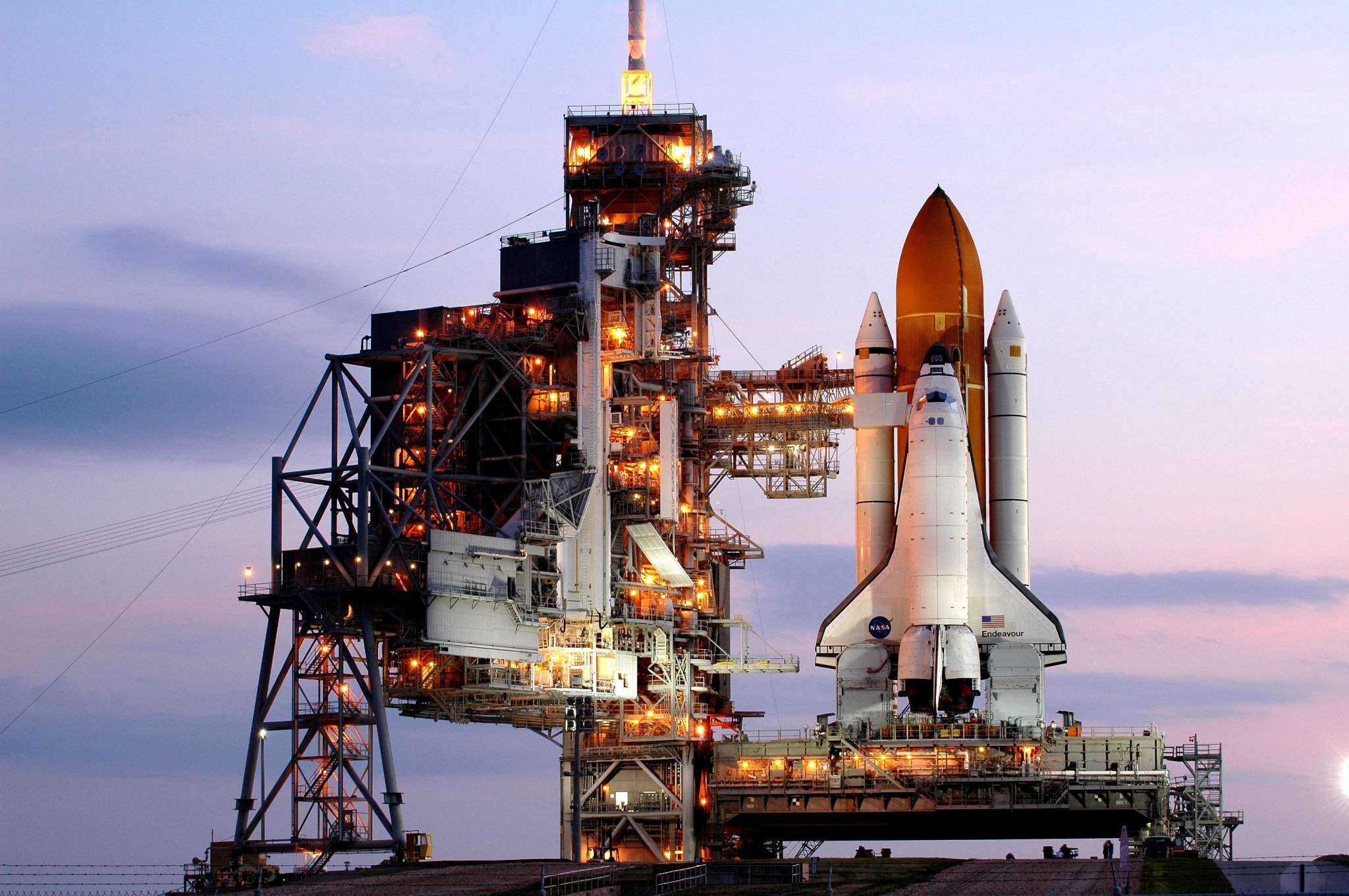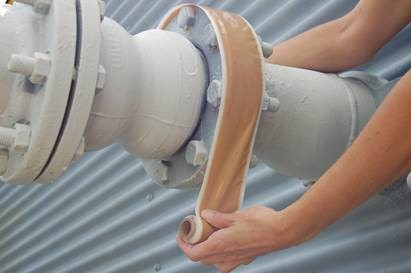From Apollo through the Space Shuttle, NASA has relied on liquid hydrogen to fuel the upper stages of its launch vehicles. Hydrogen is the most efficient propellant there is: measure for measure, it provides more thrust when burned than any other fuel source.
Harnessing that energy, however, requires a great deal of technical know-how. For one, there is the challenge of keeping hydrogen from evaporating by maintaining it at temperatures below minus 423 degrees Fahrenheit.
There’s also the ever-present threat of leaks. Hydrogen, the smallest and lightest atom in existence, escapes through the tiniest of cracks — a significant hazard considering that it’s also highly flammable, to the point where certain high-pressure leaks can cause combustion.
Knowing all of this this, NASA has long taken serious precautions to monitor the miles of pipelines carrying hundreds of thousands of gallons of rocket fuel to the launch pad.
In the early days of the space program, inspectors held brooms to the pipes as they slowly walked the lines. If the broom’s head began to burn, they knew there was a leak burning. Later, during the launches of the 1980s and ’90s, they used ultraviolet sensors to detect flames; to find non-burning leaks they began utilizing electrochemical and combustible gas sensors.
Chemistry Class Revisited
These methods, however, were imprecise, as they could only suggest a general area from which the hydrogen was originating. That was especially problematic in areas where multiple transfer lines intersected. For this reason, Kennedy Space Center collaborated in the mid-2000s with the Florida Solar Energy Center (FSEC) at the University of Central Florida to come up with something a little smarter.
The team of researchers started with a Japanese patent for a hydrogen-detection tape that changes color when exposed to the substance, but they wanted to make the color change more noticeable. The team tested different combinations of the two active chemicals in the tape, palladium oxide and titanium oxide, to find a mix that had the right color contrast, could create a fast reaction and could be applied to a silicone-based tape.
Two years later, another team of scientists and engineers from Kennedy improved the tape to make it robust enough to withstand harsh conditions ranging from shuttle launches to unruly weather.
From Launch Pad to Store Shelves
The tape got its first real-world test with the launch of STS-118 in 2007, where it quickly proved its worth: Kennedy’s area sensors detected the presence of hydrogen on the launch pad, and the hydrogen tape pinpointed the exact location of the leak so that crews could address it. Afterward, the tape was used for every launch through STS-134 in 2011, the program’s penultimate mission.
NASA and FSEC entered into a Space Act Agreement and a licensing agreement to sell the tape commercially, resulting in the creation of Rockledge, Florida-based HySense Technology.
Nahid Mohajeri, a chemist at FSEC who founded HySense Technology, says the advantages of the color-changing tape are easy to see. “Stationary sensors have a shelf life and, depending on where they’re located, they might not be able to detect every area that’s susceptible to a leak,” she says. “And the handheld sensors require technicians to walk around and listen for a beeping sound.”
The 2014 R&D 100 Award-winning technology is now being used across industry, from chemical plants to gas producers and stainless-steel manufacturers. The technology has also attracted interest from automotive manufacturers that are developing hydrogen-fuel-cell automobiles.
To learn more about this NASA spinoff, read the original article from Spinoff 2016.
For more information on how NASA is bringing its technology down to Earth, visit http://technology.nasa.gov.




























